Spring and summer transform America’s vistas into dazzling palettes of color as wildflowers paint meadows, mountains, and deserts. These natural wonders are more than lovely scenery—they also offer a chance to experience nature’s incredible resilience and diversity firsthand. Touring solely to see these stunning blooms may feel like a splurge, but it rewards travelers with unforgettable sights and a deeper appreciation for nature.
Following are 20 wildflower drives throughout America that are well worth the extra mileage on your odometer.
Columbia River Gorge
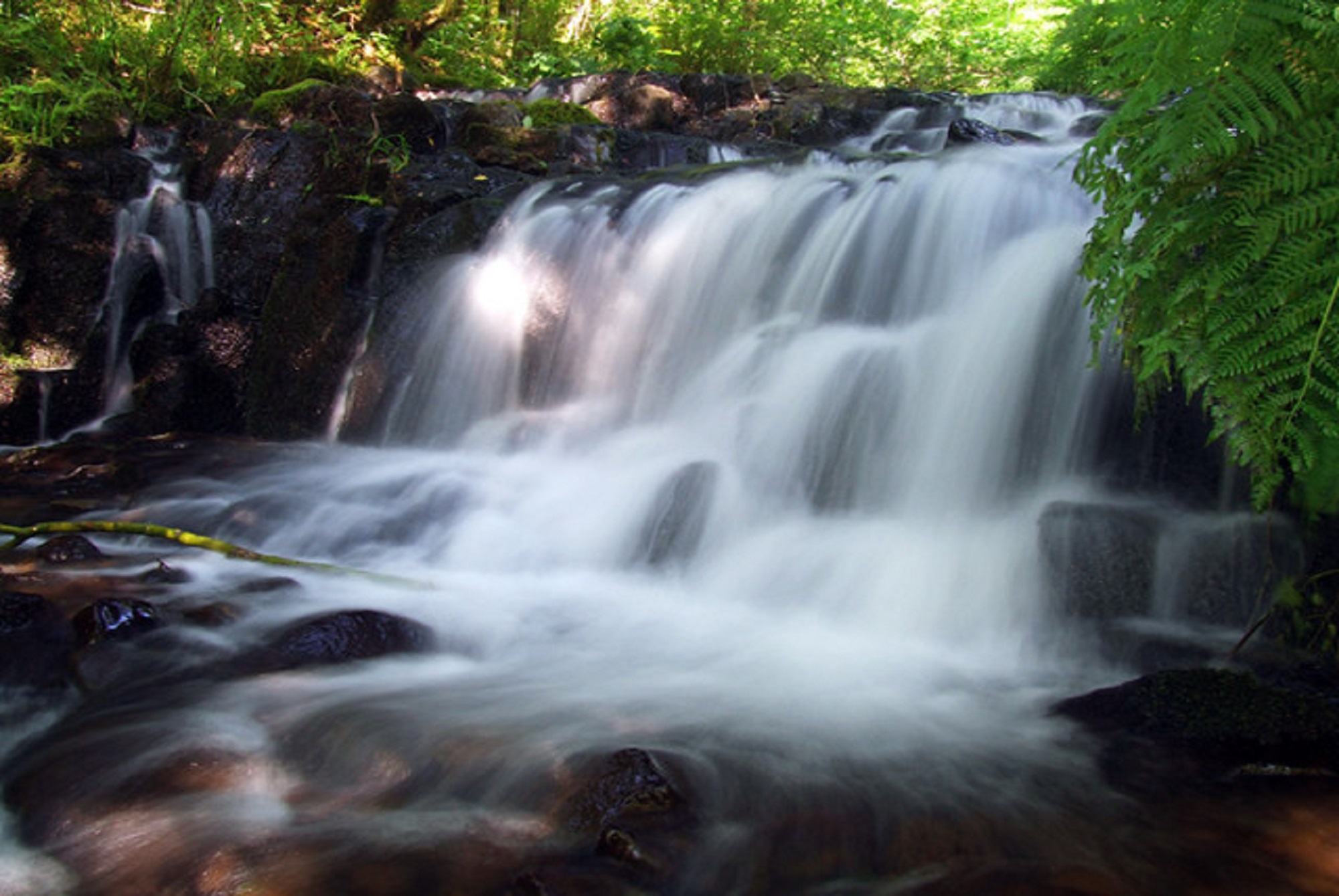
The 80-mile stretch along Oregon’s Columbia River Gorge explodes with over 800 flower species from April through June. Yellow balsamroot and purple lupine create stunning contrasts against the dramatic river backdrop.
The Historic Columbia River Highway offers numerous pullouts where you can step out to admire golden glacier lilies and delicate fairy slippers.
Antelope Valley
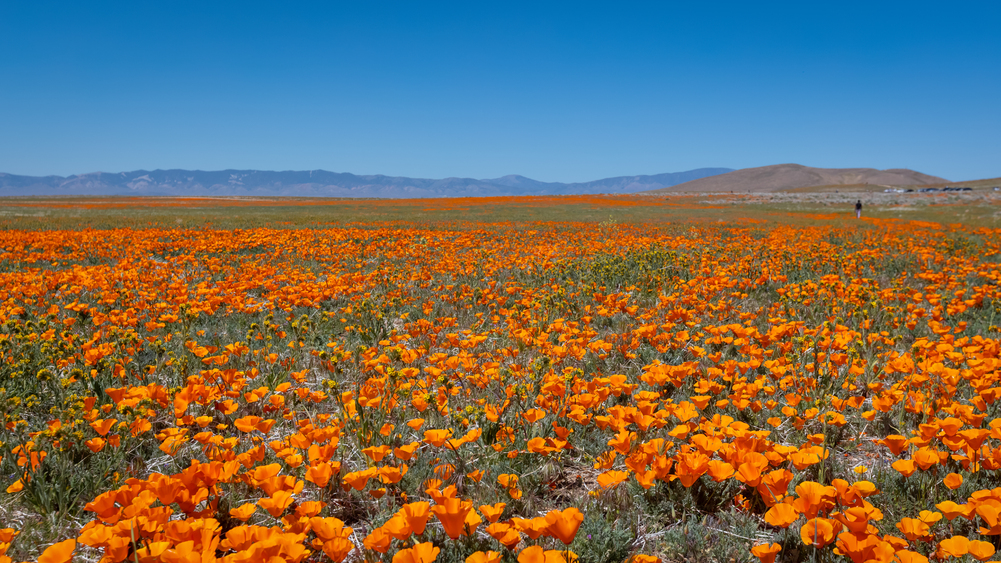
California’s Antelope Valley Poppy Reserve transforms into an orange sea each spring when California poppies bloom in mass quantities. This high desert landscape typically reaches peak bloom in mid-April, creating an otherworldly orange blanket that stretches for miles.
The reserve features eight miles of trails that allow visitors to walk among these vibrant blooms.
Like Travel Pug’s content? Follow us on MSN.
Blue Ridge Parkway
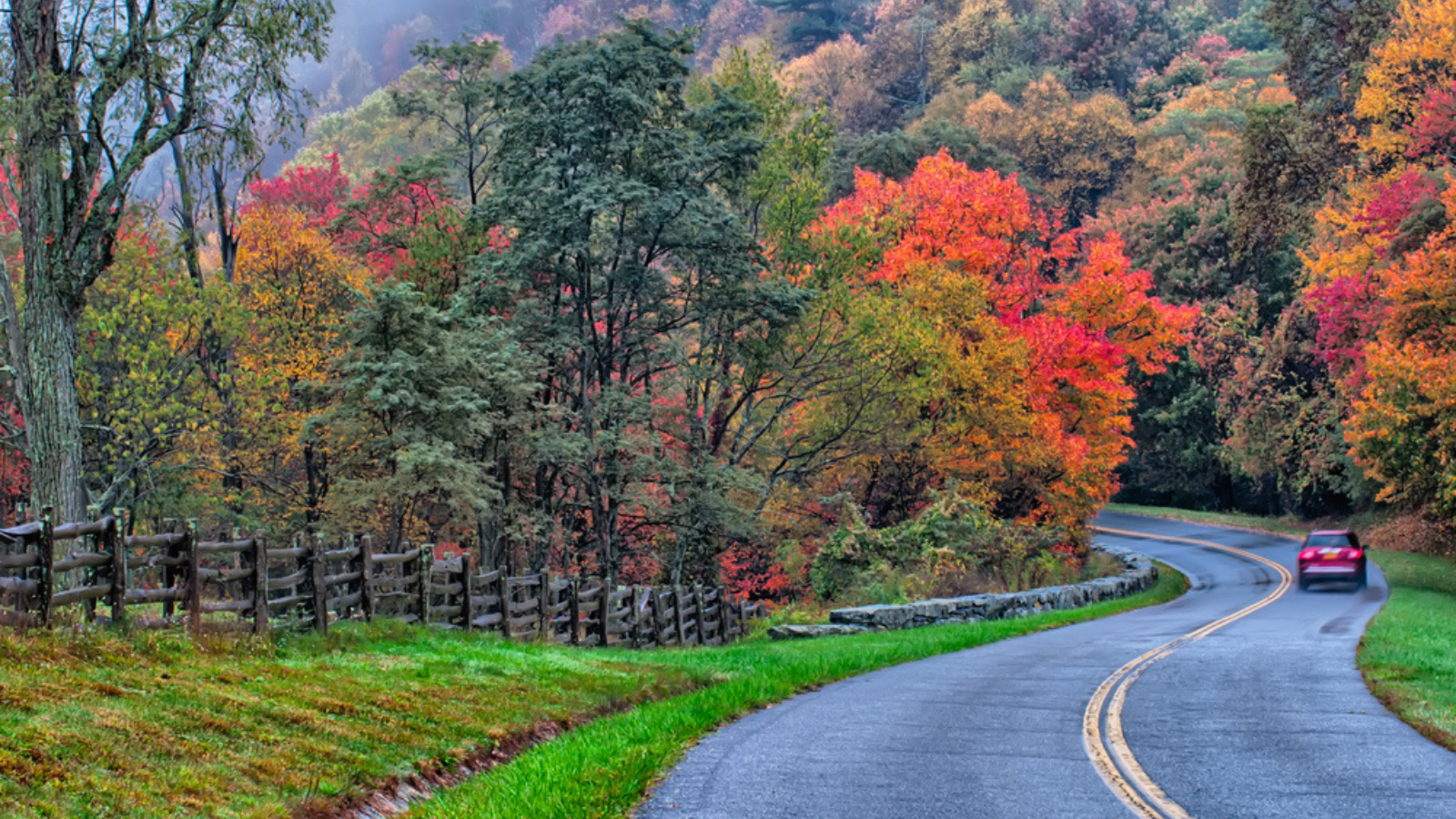
Virginia and North Carolina’s famous mountain route offers a three-season wildflower show. Starting with spring trilliums and continuing through summer black-eyed Susans and fall asters, the 469-mile route never disappoints.
Different elevations mean travelers can catch various blooming phases with just a short drive up or down the mountain.
Texas Hill Country
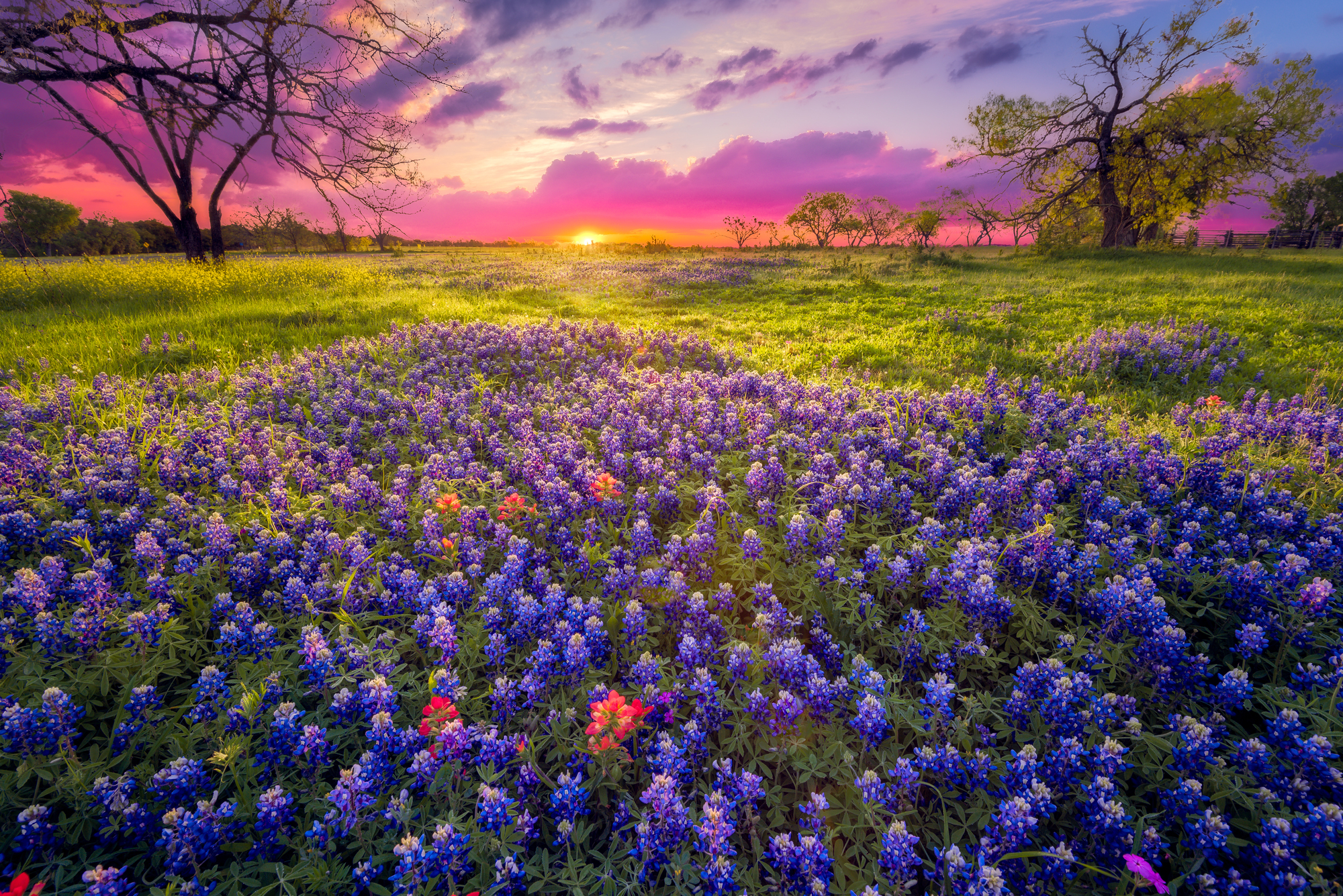
The legendary bluebonnet trails through central Texas create some of America’s most photographed wildflower scenes. These bluebonnets typically peak in early April, often accompanied by bright orange Indian paintbrush.
The drive between Austin and Fredericksburg offers particularly dense displays after rainy winters.
Cascade Mountain Loop
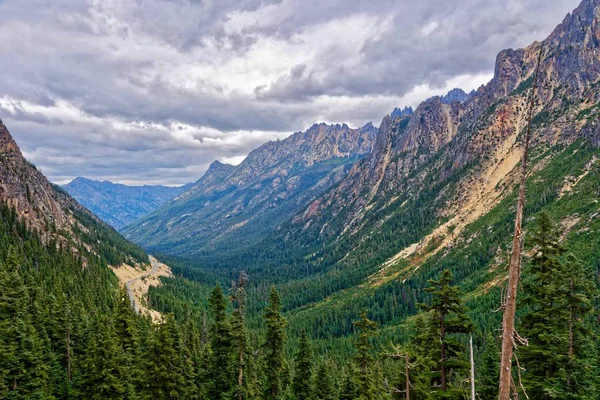
Washington State’s Mountain Loop Highway winds through meadows absolutely bursting with wildflowers from late July through August. Alpine valleys fill with magenta paintbrush, avalanche lilies, and mountain heather.
The contrast between snow-capped peaks and these colorful meadows makes for truly spectacular photographs.
Like Travel Pug’s content? Follow us on MSN.
Death Valley
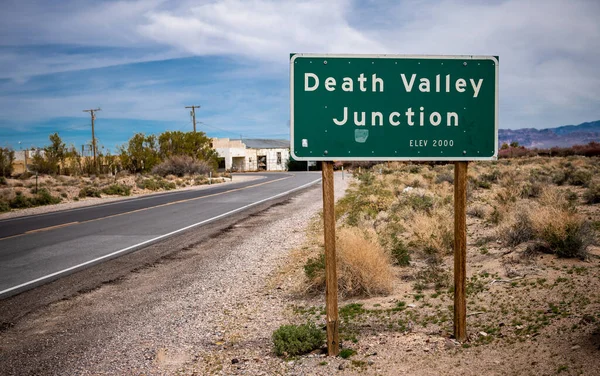
This national park might seem an unlikely wildflower destination, but after winter rains, Death Valley produces spectacular ‘super blooms’ of desert gold, phacelia, and desert five-spot. These rare events transform the normally austere landscape into a painter’s palette.
Even in normal years, the park’s higher elevations offer beautiful displays from February through April.
Great Smoky Mountains

The roadways winding through America’s most visited national park showcase an incredible diversity of wildflowers. More than 1,500 flowering plant species are found here, with different blooms appearing from February through November.
The Cades Cove Loop Road offers particularly accessible viewing of spring beauties, trillium, and lady’s slippers.
Willow City Loop
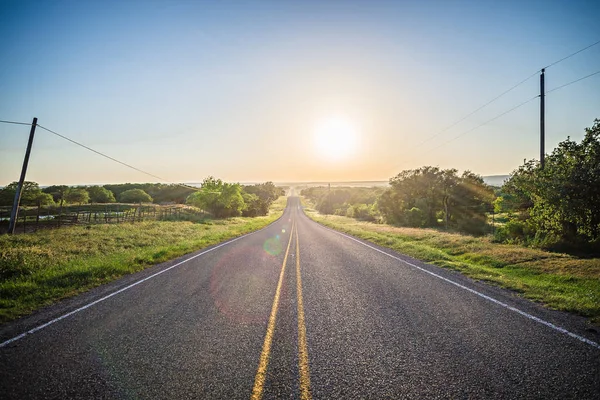
This 13-mile drive near Fredericksburg, Texas, offers a dazzling display of bluebonnets, Indian paintbrush, and Mexican hat flowers. The narrow, winding country road passes through private ranches where wildflowers often grow right up to the fence lines.
Mid-morning light creates the most vibrant colors for both viewing and photography.
Like Travel Pug’s content? Follow us on MSN.
Dalton Highway
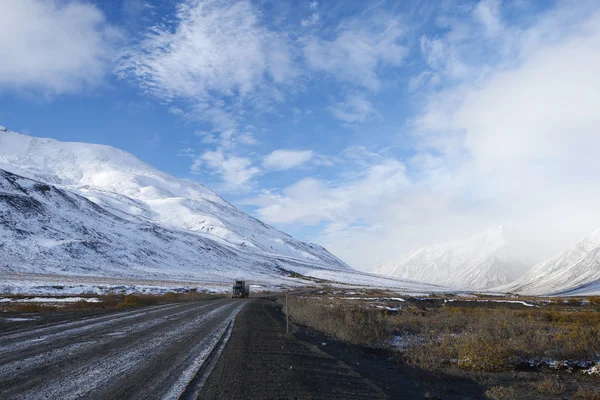
For those seeking truly remote wildflower experiences, Alaska’s Dalton Highway presents a summer showcase of arctic blooms. Dwarf fireweed, forget-me-nots, and arctic poppies create colorful carpets during the brief but intense growing season.
The contrast between these delicate flowers and the rugged tundra landscape makes the journey particularly memorable.
Natchez Trace Parkway
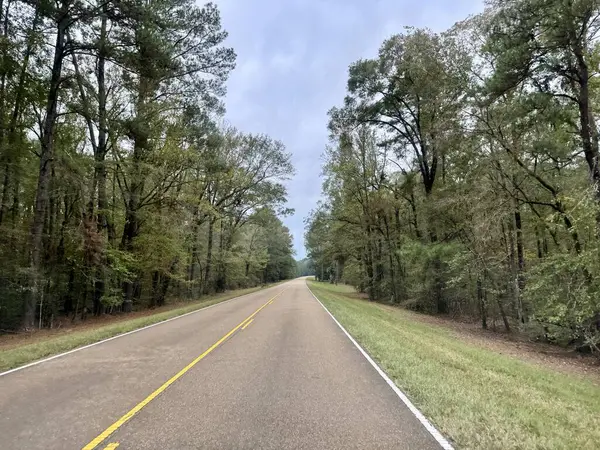
This historic 444-mile route through Mississippi, Alabama, and Tennessee features roadside wildflower management specifically designed to showcase native species. Black-eyed Susans, coneflowers, and blazing stars create ribbons of color along the roadway.
The Parkway’s careful mowing schedule ensures continuous blooms from spring through fall.
Anza-Borrego Desert

California’s largest state park transforms after winter rains when desert lilies, verbena, and brittlebush paint the normally brown landscape in purples and yellows. The park’s wildflower hotline helps visitors time their trips to catch peak blooms.
Henderson Canyon Road and Borrego Palm Canyon offer particularly accessible viewing spots.
Like Travel Pug’s content? Follow us on MSN.
Craters of the Moon

Idaho’s volcanic landscape might look barren, but summer brings an explosion of wildflowers growing among the lava rocks. Dwarf buckwheat, bitterroot, and monkey flowers have adapted to this harsh environment, creating splashes of color against the black rock.
The seven-mile loop road provides easy access to several different wildflower habitats.
Skyline Drive
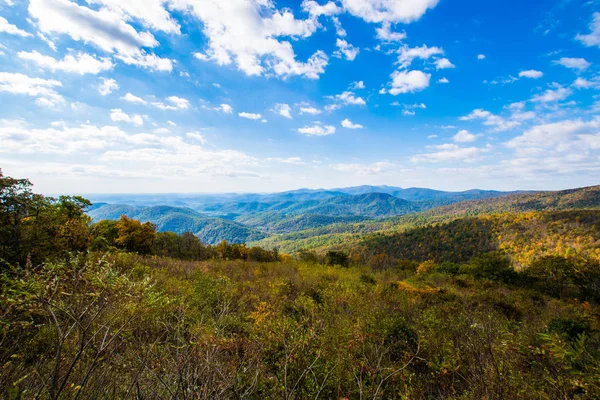
Virginia’s famous 105-mile mountaintop route through Shenandoah National Park offers overlooks filled with mountain laurel, azaleas, and trillium. The Big Meadows area becomes particularly spectacular when goldenrod and asters bloom in late summer.
The park’s varying elevations mean you can often catch different bloom phases with a single drive.
San Juan Skyway
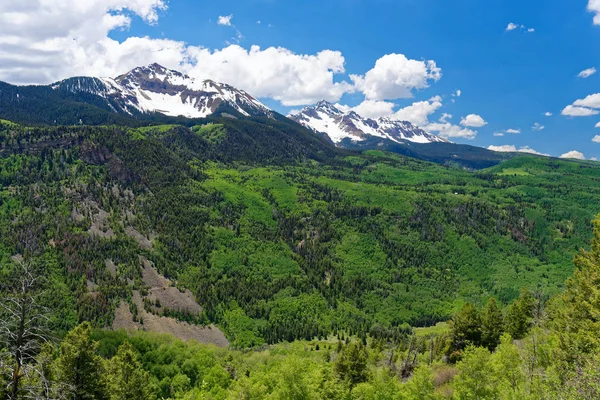
This 236-mile loop through southwestern Colorado’s mountains showcases wildflower meadows that reach their peak in July and early August. The stretch between Silverton and Ouray, known as the Million Dollar Highway, offers particularly stunning displays of columbine, larkspur, and Indian paintbrush against dramatic mountain backdrops.
Like Travel Pug’s content? Follow us on MSN.
Carrizo Plain
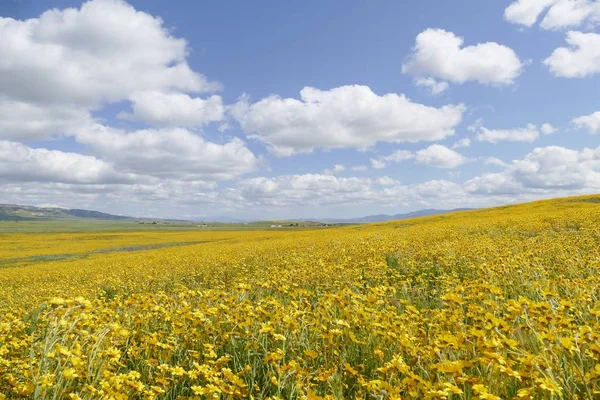
This little-known national monument in California explodes with color after wet winters. Hillsides covered in yellow tidy tips, purple phacelia, and orange poppies create a mosaic visible for miles.
Soda Lake Road cuts through the heart of this display, offering countless photo opportunities of flowers against the backdrop of distant mountains.
Outer Banks

North Carolina’s barrier islands feature unique maritime forest and dune ecosystems with specialized wildflowers. Beach evening primrose, sea oats, and wild morning glory thrive in these sandy environments.
The drive along NC Highway 12 offers views of these coastal blooms alongside Atlantic Ocean vistas.
Route 16 Alpine Drive
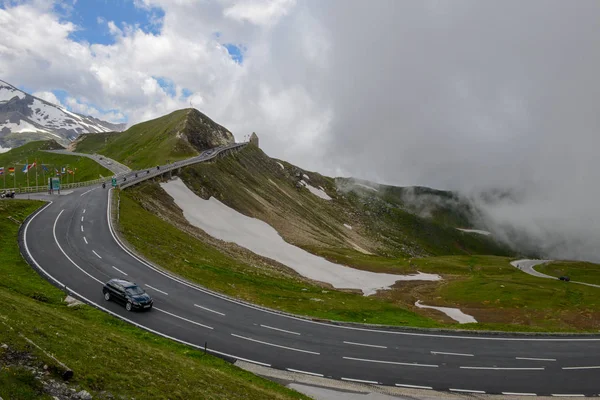
New Hampshire’s White Mountain route climbs through several ecological zones, each with distinct wildflower displays. Lupines dominate the lower elevations in June, while alpine species like diapensia and mountain avens appear at higher elevations in July and August.
The contrast between these delicate blooms and the rugged mountain landscape makes this drive particularly rewarding.
North Cascades Highway
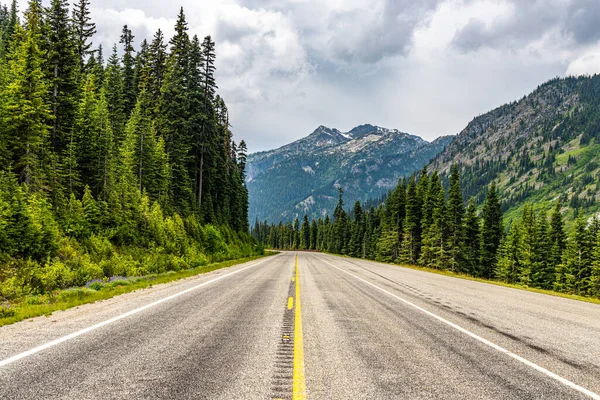
Washington’s Highway 20 cuts through some of America’s most spectacular mountain scenery, with summer wildflower displays that rival any in the country. Subalpine meadows burst with lupine, paintbrush, and beargrass, while higher elevations feature arctic-alpine species found nowhere else in the lower 48 states.
The highway’s numerous pullouts make flower viewing and photography easily accessible.
Steens Mountain Backcountry Byway
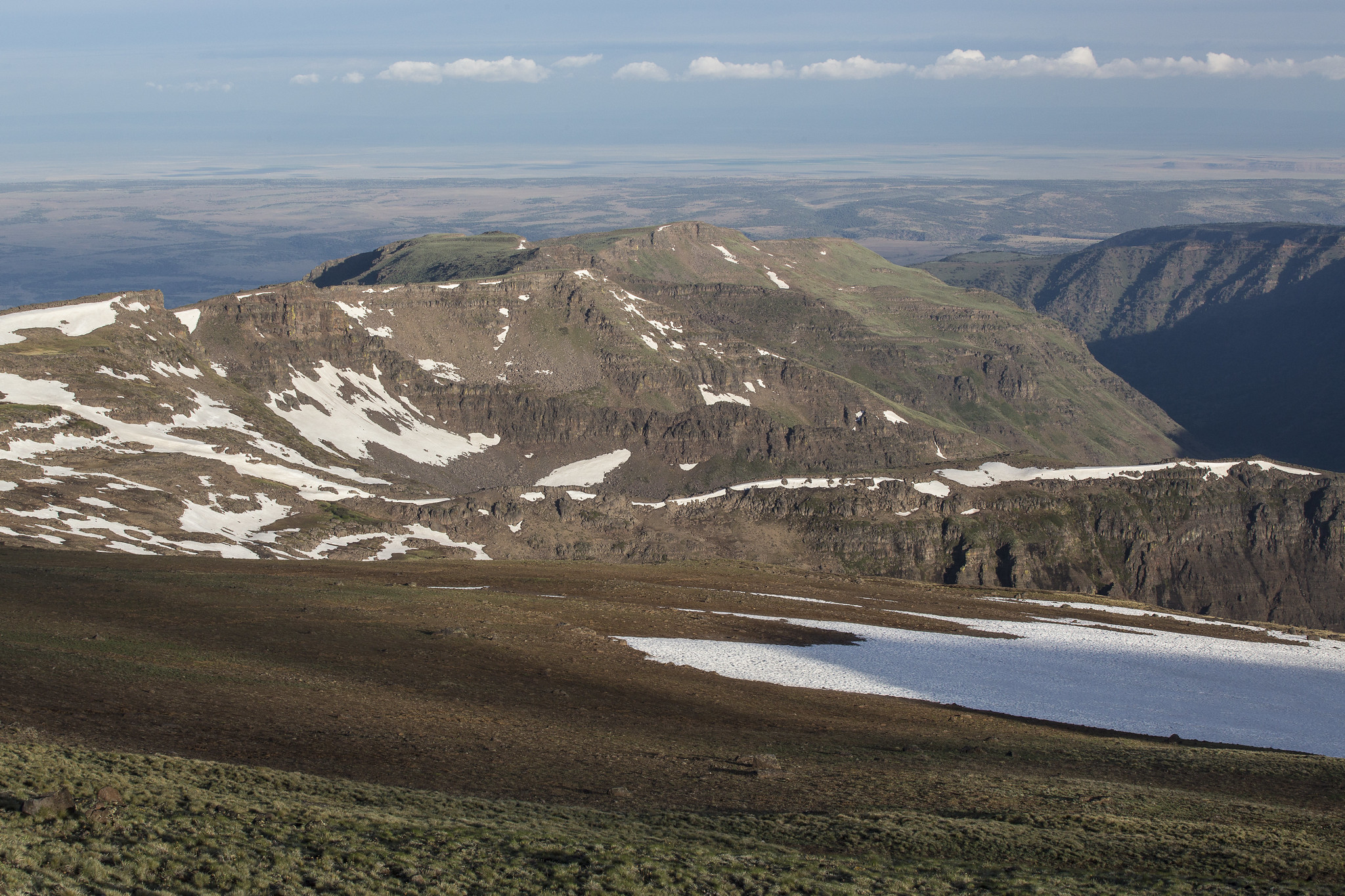
Oregon’s remote Steens Mountain offers a 52-mile loop road climbing to almost 10,000 feet, passing through distinct life zones with changing wildflower displays. The high desert base features sagebrush and bitterroot, while the upper slopes showcase paintbrush, larkspur, and alpine forget-me-nots.
The road’s remote nature means these wildflower displays remain relatively uncrowded.
Nebraska Sandhills Journey
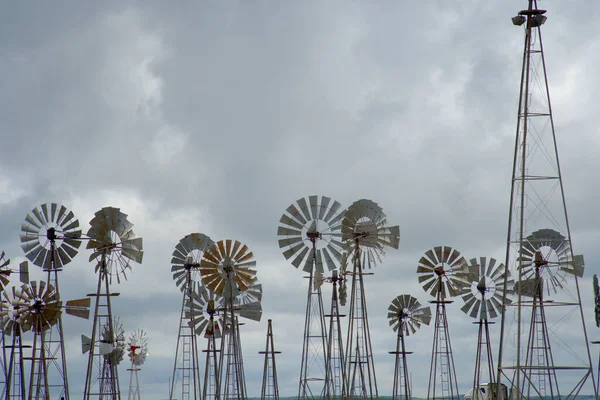
The 272-mile stretch of Highway 2 across Nebraska’s unique dune ecosystem showcases prairie wildflowers adapted to this unusual environment. Yucca, prairie coneflower, and spiderwort create colorful contrasts against the rolling grasslands.
Spring and early summer bring the most vibrant displays, though different species bloom throughout the growing season.
Living Landscapes
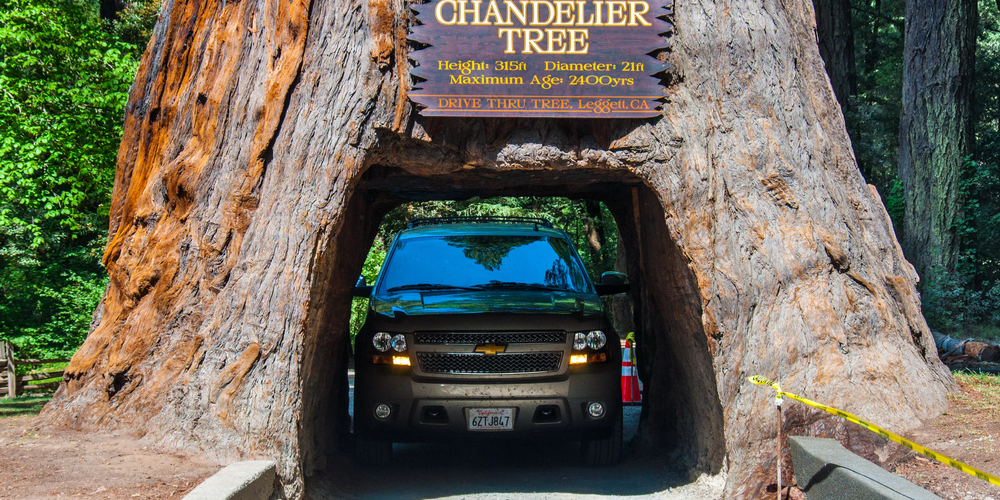
These wildflower drives provide more than just pleasant scenery—they highlight America’s staggering ecological diversity and the amazing adaptations plants have undergone to survive in habitats from desert to alpine tundra.
The ephemeral nature of these flowers reminds one how brief and precious nature’s beauty is. So pack a picnic, bring your camera, and take the turn. These splashes of color are waiting for people who will drive a little off the beaten path from the highway.
More from Travel Pug

- Cities Growing so Fast You Won’t Recognize Them in 10 Years
- 13 Destinations Where Tourists Regularly Regret Their Trip
- 16 U.S. Cities That Are Quietly Becoming Travel Hotspots
- Where to Travel If You Love Long Bus Rides and Daydreams
- 20 Cities Perfect for Solo Travelers Who Crave Adventure & Culture
Like Travel Pug’s content? Follow us on MSN.
